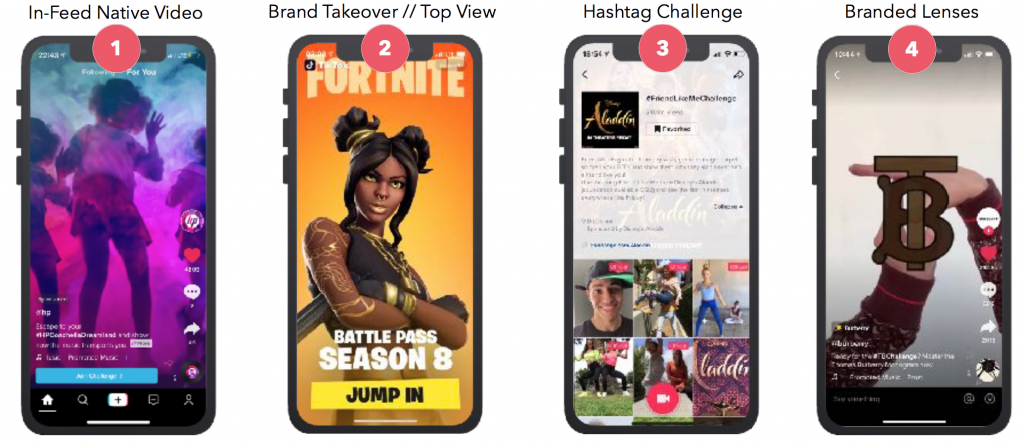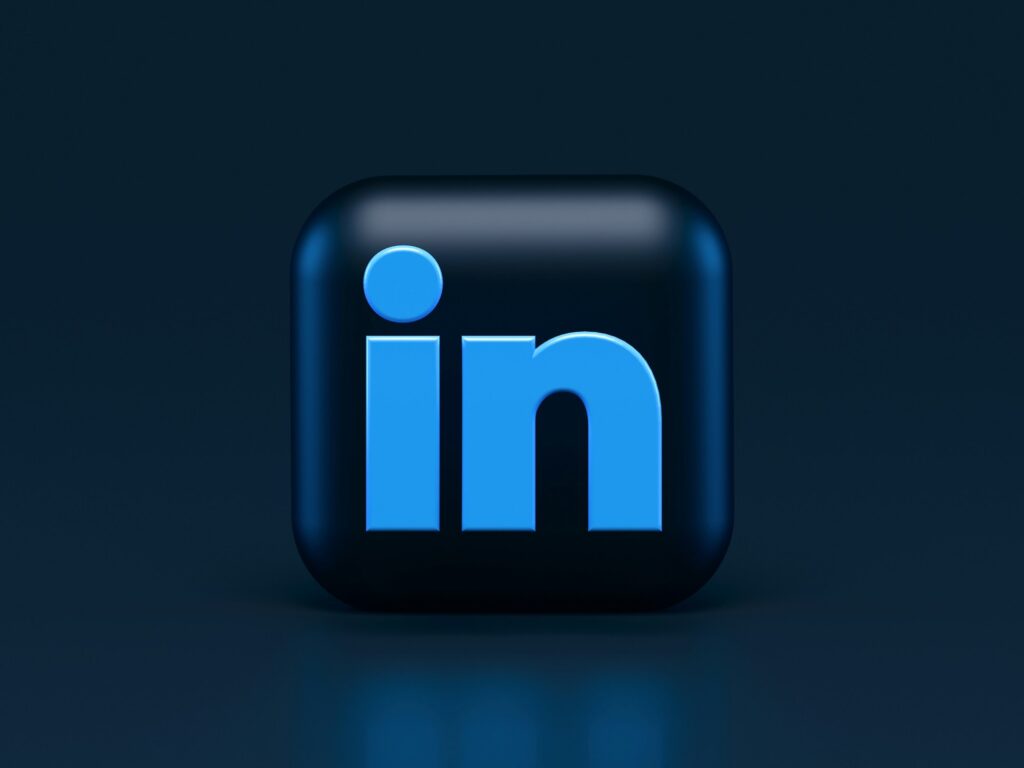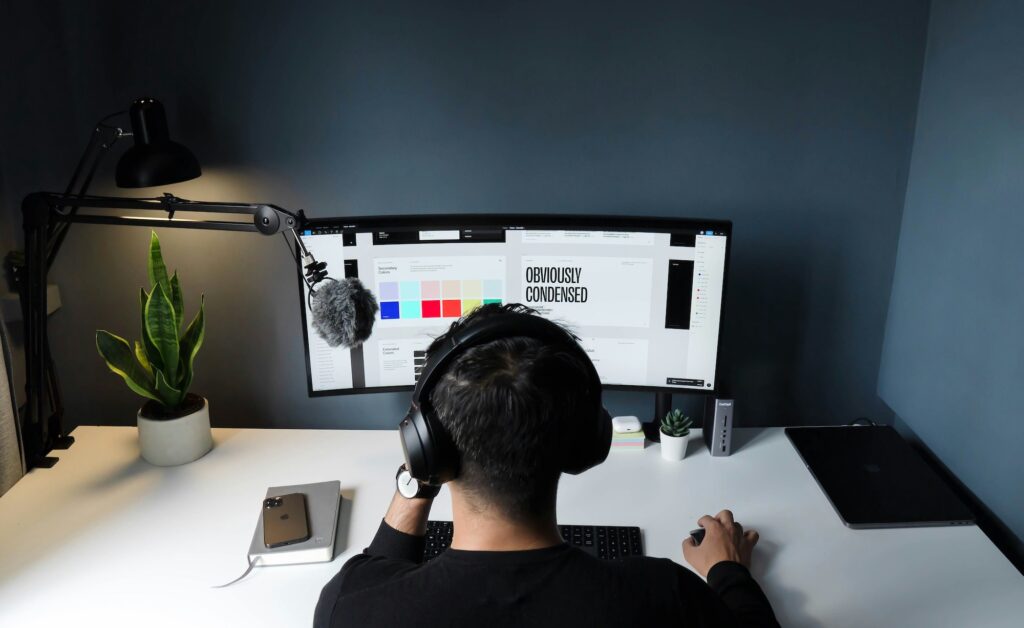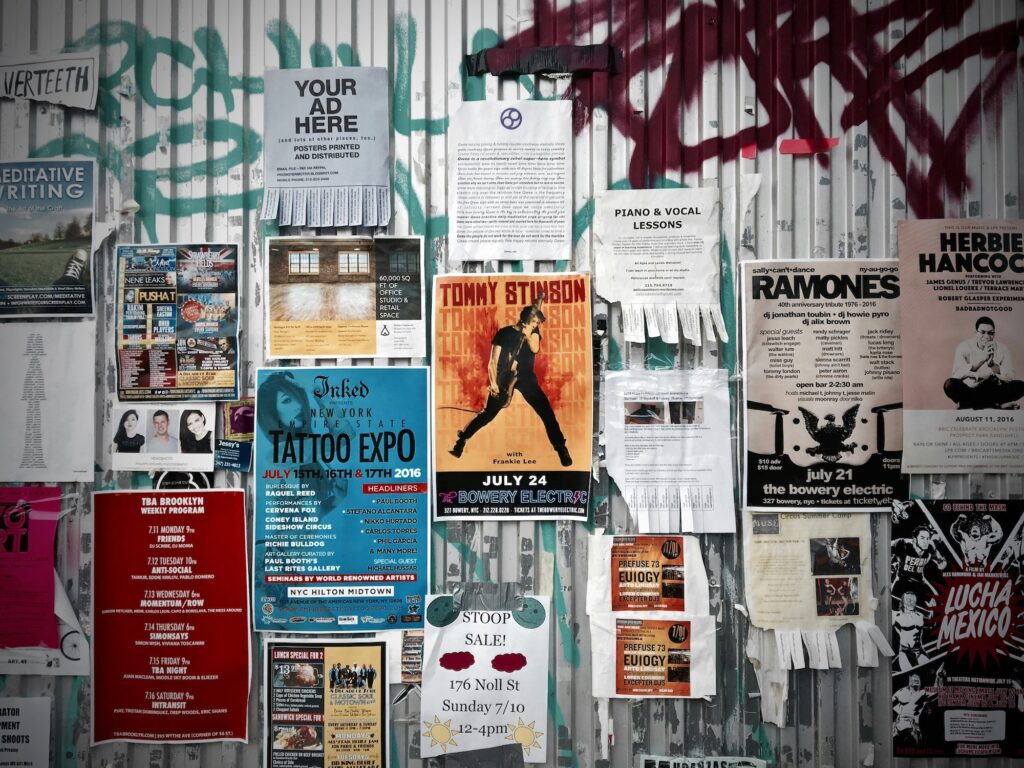Facebook advertising is a great way of increasing revenue, gaining brand awareness and creating lifetime customers, but diversifying your paid social advertising has never been more important.
On Blackout Tuesday we saw an unprecedented thing happen – all of our clients advertising on Facebook switched off. Many stayed off for the coming week and beyond. As you can imagine this equated to a huge loss of revenue both for those advertising on Facebook and for the platform itself.
Through lockdown for many of our clients paid social advertising had become their main source of income with brick and mortar stores shutting their doors – this was a big deal.
This got many (myself included) thinking. We are always told not to have all our eggs in one basket however so many businesses are doing exactly this when it comes to paid social advertising. As anyone who works with Facebook will tell you, Facebook isn’t impervious to security breaches, system crashes or as is evident from recent events mass boycotts.
You can easily get into a rhythm with Facebook of what works and what doesn’t. This makes sense, don’t fix something if it isn’t broken however this can stagnate your creative thinking. Exploring new paid social platforms means discovering different creative options, approaches to ads and targeting options. You give yourself the potential to find that new winning combo!
So why would you limit yourself by having Facebook as your only paid social advertising platform?
So let’s take a look at a couple of options:
TikTok
Look I get it, I cringe too but also have you seen the amount of puppy videos on here? It’s enough to get anyone on the platform – actually it’s enough to get 800 million monthly users. Nothing to be scoffed at!
We were able to be a part of the beta testing of TikTok advertising. While there are definitely some teething issues within the platform the amount of ad options is impressive and well worth looking into.

The biggest issue for e-commerce advertisers is that you can only track value if you are running single product campaigns so your main KPI is going to be cost per acquisition.
Ad Options:
– In Feed Video: Ads appear in the native newsfeed.
– Brand Takeover: Ads appears when users open the app, this ads takes over the screen for a couple of seconds before switching back into to an in-feed video ad.
– Hashtag Challenge: Ad appears the discovery page, encourages users to partake in content creation challenges.
– Branded AR Content: Ad appears as branded lenses, stickers, 2D, 3D or augmented reality content for users to create their own videos with.
– Custom Influencer Package: Ad appears as a part of sponsored content created by a TikTok influencer.
Pinterest uses a mix of interest-based targeting and keywords. So in essence it is a mix of two schools of thought, demographic/interest targeting and keyword optimisation. Pinterest is (in my humble opinion) an underutilised platform, especially for UK audiences. Yes, the majority of users are in the US (88 million monthly users) but the UK has an ever growing audience.
What sets Pinterest apart is that unlike other social media channels people on Pinterest are actively researching a purchase. There are people searching for home décor ideas, outfits of the day, meal planning etc – and that’s just me on a Friday night.

This is exactly why Pinterest is the platform where ads fit in so well. People are browsing, as they would in a store, they are prepped and ready to make a purchase. 47% of all US users use Pinterest to actively shop and with 97% of searches being non-branded it is the perfect platform to get your brand/product out there.
LinkedIn B2C
While LinkedIn is typically thought of as a B2B platform we have also seen success using it for B2C advertising. LinkedIn enables you to get really granular with your targeting which is great if you have a product which is designed for a specific industry.
Using white paper ads which offer value to their reader is a great way of gaining awareness and establishing yourself as an industry expert. Even a more typical B2C approach can work on LinkedIn for e-commerce brands.
Take this Kate Spade ad for example, a perfect example of e-commerce advertising on LinkedIn utilising high earning women in high pressure jobs.

You can target industries, job titles, seniority level and even skills which means while cost per acquisition is often higher the quality of the lead created through LinkedIn is often much greater than that of Facebook.
So, what new paid social channels are you considering? Is there life beyond Facebook? We reckon so!




